Bounce rate is a measure that indicates user engagement. It helps businesses determine problems with content, design, and SEO. This post will discuss bounce rate, its importance, and ways to improve it.
What is Bounce Rate?
Bounce rate indicates the percentage of visitors landing on your webpage and then leaving without performing any action, such as making a purchase, filling out a form, or visiting another page. In other words, bounce rate is the percentage of people who visit only one page of your site and quit from the same page they entered without clicking on anything.
Why is Bounce Rate Important?
Bounce rate is important for several reasons, a few of which are:
- A high bounce rate may indicate issues with content, such as poor user experience, low-quality web design, or mismatch with search intent.
- Bounce rate is closely related to Google search rankings. Although it may not be a direct ranking factor, it tells Google if visitors are satisfied with your content.
- A high bounce rate shows the users are leaving your site without converting. In short, as the bounce rate increases, the conversion rate decreases.
What is a Good Bounce Rate?
A bounce rate below 40% is considered good, while above 60% is considered poor. Although the lower the bounce, the better it is for your site and business, you cannot exceed a specific number. Even if your website is user-friendly and provides relevant information, you can only retain some visitors. Some of the visitors will bounce back anyway.
Bounce Rate vs. Exit Rate
The bounce rate and exit rate are similar, having only one difference. Bounce rate is the percentage of people that enter and leave your site from the same page. On the other hand, the exit rate is the percentage of visitors who leave your site from a specific page (it may not necessarily be the page they initially landed on).
For example, if a visitor lands on page A and returns to SERPs from the same page after some time, it is a bounce. However, let’s say a visitor lands on Page A and then goes to page B. Then, after some time, leave your site. It is an exit.
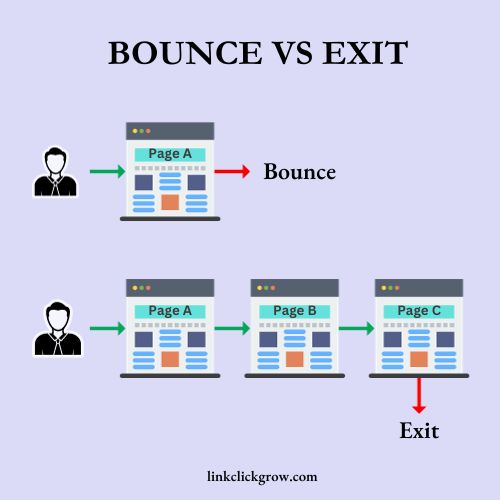
In short, the exit rate includes all bounces, while the opposite is not true.
How to Calculate Bounce Rate?
To calculate the bounce rate, divide the number of single-page visits by total visits to your site. For example, if 80 visitors come to your site, out of which 24 leave without clicking on anything or visiting another page, the bounce rate is 24/80 x 100 = 30%.
How to Improve Bounce Rate?
Improve Page Load Speed
Slow page load speed is a leading factor that increases bounce rate. It is a fact that users rarely wait for longer than 3 seconds for a web page to load. If your page does not load in 3 seconds, the users will likely return to SERPs and visit one of your competitors.
In the worst case, they may never revisit your site!
Besides increasing bounce rates, slow websites harm user experience and negatively impact sales. Most importantly, you can also lose your ranking in SERPs.
You can use Pingdom and Google Pagespeed Insights to determine the load speed of your web pages and determine if you need to improve it.
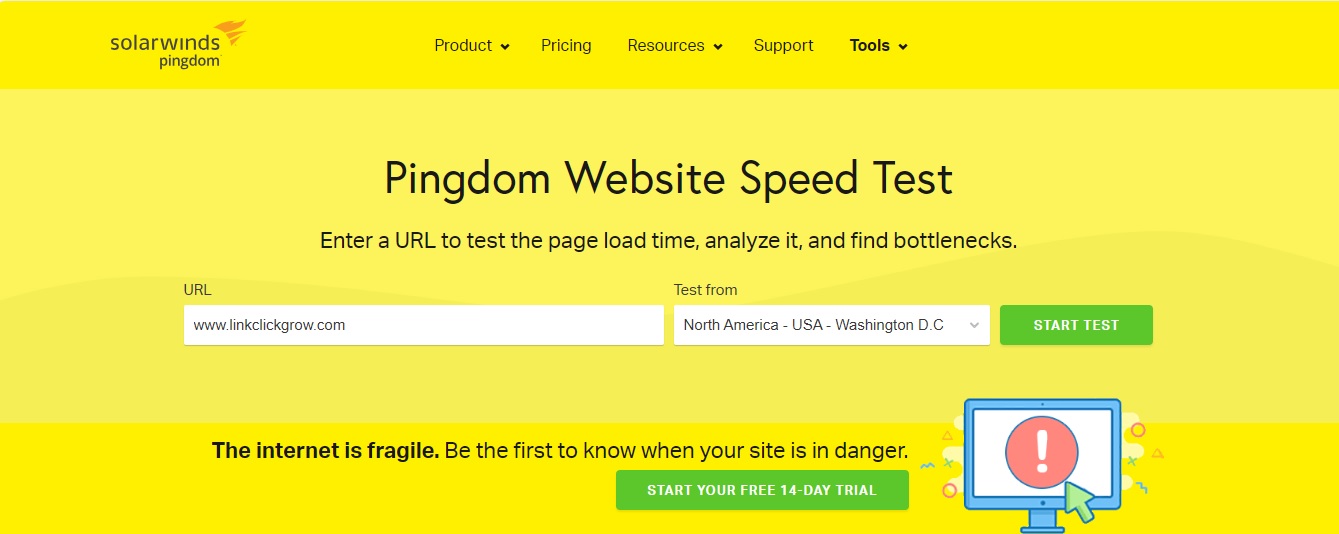
The following are a few best practices to improve page load speed:
- Switch to a better web hosting server. Popular web hosting servers include Hostinger, SiteGround, WP Engine, Kinsta, Cloudways, and Bluehost.
- Use CDN (content delivery network).
- Use caching. WP Rocket and WP Optimize are widely used WordPress plugins for caching.
- Optimize images by storing them in the appropriate format and compressing them. Smush is a popular WordPress plugin for compressing images without affecting their quality.
- Remove unwanted plugins.
- Minify JavaScript and CSS files. Again, you can use WP Rocket and WP Optimize to minify code.
Satisfy Search Intent
Users turn to search engines for a purpose, i.e., looking for answers to their search queries. However, after landing on a web page, the users may immediately quit if they realize the page does not contain the information they want. Therefore, it is essential to satisfy search intent if you wish to retain your visitors.
An ideal way to learn about search intent is to analyze top pages in SERPs. However, analyzing SERPs for each keyword can be very time-consuming if you conduct keyword research. In such cases, tools like SEMrush are great alternatives.
As shown below, keyword overview in SEMrush provides information like search volume, keyword difficulty, and search intent.
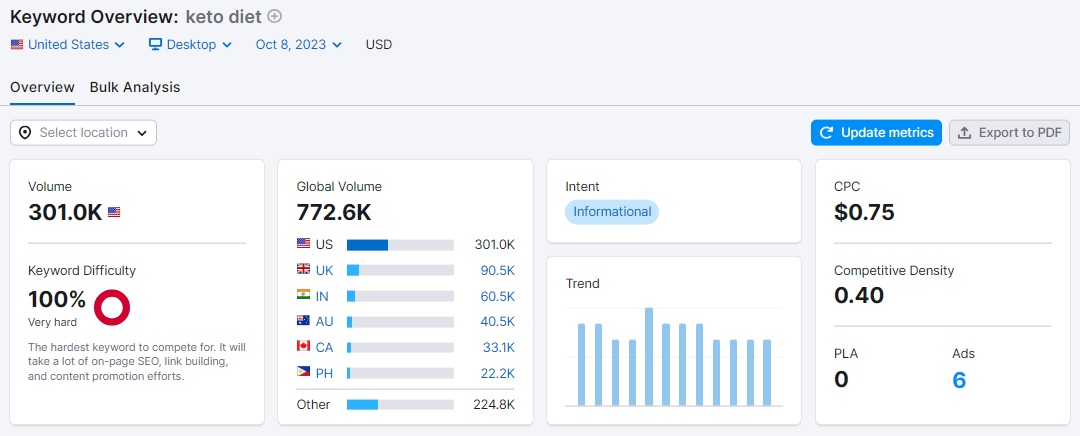
Improve Internal Linking
You must have heard about the significance of internal links for SEO. But did you know they are beneficial for reducing bounce rates?
Internal links direct users from one webpage to another on your site. As a result, the page views increase, and the bounce rate decreases.
Internal links also enable users to navigate the site easily. During exploration, the users may find something exciting and spend more time on the website. In short, internal links significantly decrease the chances of users bouncing back to search results.
Avoid Distractions
No one likes distractions, especially full-screen popups and large advertisements. The users come to your site looking for information. And to retain them, you must provide them with the best user experience. Popups and advertisements not only distract readers but may also frustrate them. In the worst case, the users may quit reading and visit one of your competitors. As a result, your bounce rate will increase.
It is, therefore, critical to avoid distractions, such as popups and advertisements. If necessary, use small popups that do not cover the entire screen. Similarly, place ads at places where they do not disrupt the users.
Make Your Website Mobile Friendly
In today’s era, most searchers or customers use mobile phones for online activities. If your site is not mobile-friendly, the users will quickly exit and may never revisit your site.
It is, therefore, critical to ensure your website is responsive. In other words, your site should display perfectly on devices of all screen sizes, including tablets, iPads, and mobile devices. If a website does not display properly on mobile devices, the users will bounce back, increasing the bounce rate.
To ensure your website is mobile friendly, consider doing the following:
- Write short titles so that they don’t get truncated on smaller screens.
- Optimize images and visuals so that they load quickly and appropriately.
- Use enough white spaces to enhance readability.
- Use font size and style that are easy to read on small screens.
- Avoid popups.
- Use short paragraphs.
- Replace complex words with simple synonyms.

- Replace wordy phrases with single word substitues.
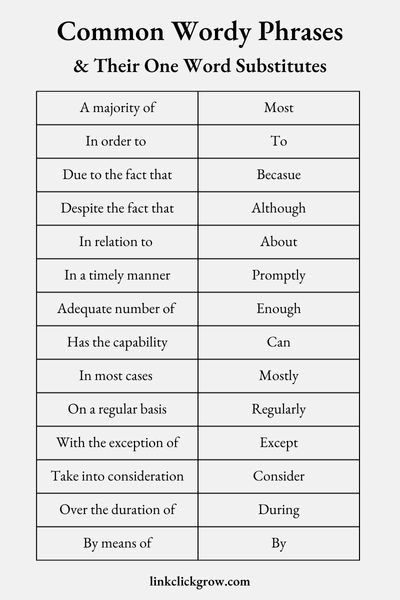
Make Your Website User Friendly
Poor user experience is among the top reasons visitors bounce back. If the website is not easy to use, the visitors will not take the pain to stick around and frustrate themselves. Instead, they will switch to one of your competitors.
The following are a few best practices to ensure your site is user friendly:
- Eliminate broken links
- Avoid long chunks of text. Divide the text into sections using headings.
- Use bullets, lists, and tables to highlight important points.
- Make website navigation effortless.
The better user experience you provide, the longer the visitors will stick around, reducing bounce rates.
Use Exit Intent Popups
Exit intent technology helps retain visitors who are about to leave the webpage. It monitors the movement of the visitor’s mouse to predict user behavior, such as intention to leave the site. Knowing when a user intends to leave the site helps you attempt to persuade them to stay.
For example, you can display exit intent popups to offer visitors a free download or any other incentive that attracts them to stay.
Besides helping reduce bounce rates, exit intent popups are also great tools for lead generation. Marketers use them to generate leads and collect email addresses.
I recommend using the popular WordPress plugin Optinmonster to create exit intent popups.
Include Site Search Functionality
Site search is one of the most overlooked functionalities that can reduce bounce rates. It is a tool that helps visitors find relevant content and stick around for longer.
You must be wondering why you need search functionality when you recommend related content at the end of every post. The content recommendations are entirely based on what you believe the visitors would want to read. On the other hand, site-wide search functionality gives visitors greater control and enables them to find what they want.
So, if users do not find the required information on the page, they can use the site search to find the relevant content instead of bouncing back.
Display One Clear Call to Action
It is equally important to be clear about what specific action you want your visitors to perform, as it is knowing what they want from your content. Instead of bombarding the visitors with plenty of CTAs, displaying only one most appropriate call-to-action is better.
The more CTAs you display on a single page, the more your visitors will become confused. The lack of clarity may push the visitors to bounce back. On the contrary, a straightforward single CTA is likely to convert visitors into leads.
Therefore, think wisely about how you can help visitors achieve their goals. Once you are clear about user intent, display only one CTA that is relevant to their objective. Displaying only appropriate call to action can significantly decrease the bounce rate.
Ensure External Links Open in the New Window
Another factor contributing to the bounce rate is that the external links open in the same tab.
An external link opening in the same tab takes the users away from your site. To go back to your site, the user has to go through the fatigue of clicking the back button and then waiting for the page to load. In the worst case, the user might get distracted by the new site and never come back to your site.
As a result, both bounce and exit rate increases. Therefore, setting the external links to open in a new window is crucial. If external links are set to open in a new window, the users will not be taken away from your site. Instead, they will have to switch tabs to visit the new site.
Show Credibility
Most users stay away from sites that do not appear credible or authentic. For the same reason, when visitors visit your site, they first assess if your site is credible. If they do not find your site reliable, they return to search results immediately. As a result, your bounce rate increases.
Many factors influence a site’s credibility, including testimonials, reviews, awards, and client validation. Additionally, a website appears reliable if:
- A contact number is displayed.
- Policies like privacy, refund, and return are clearly displayed.
- The content on the site is up to date.
Do A/B Testing
The best way to determine what works best for your target audience is to A/B test web elements. If particular web pages have a high bounce rate, it would be best to A/B text variations of elements on that page. Similarly, if the overall bounce rate is high, you can A/B main web elements on the header and footer, font, color scheme, etc.
However, remember to test only one element at a time to be sure what leads to performance improvement.
Conclusion
Your website may get traffic from various sources, including organic search, referral, social media, paid advertisements, or direct. A higher bounce rate may not always be because of issues with website content. Sometimes, there may be a problem with your marketing campaign. Therefore, it is essential to compare bounce rates across various traffic channels to determine the cause behind the high bounce rate.

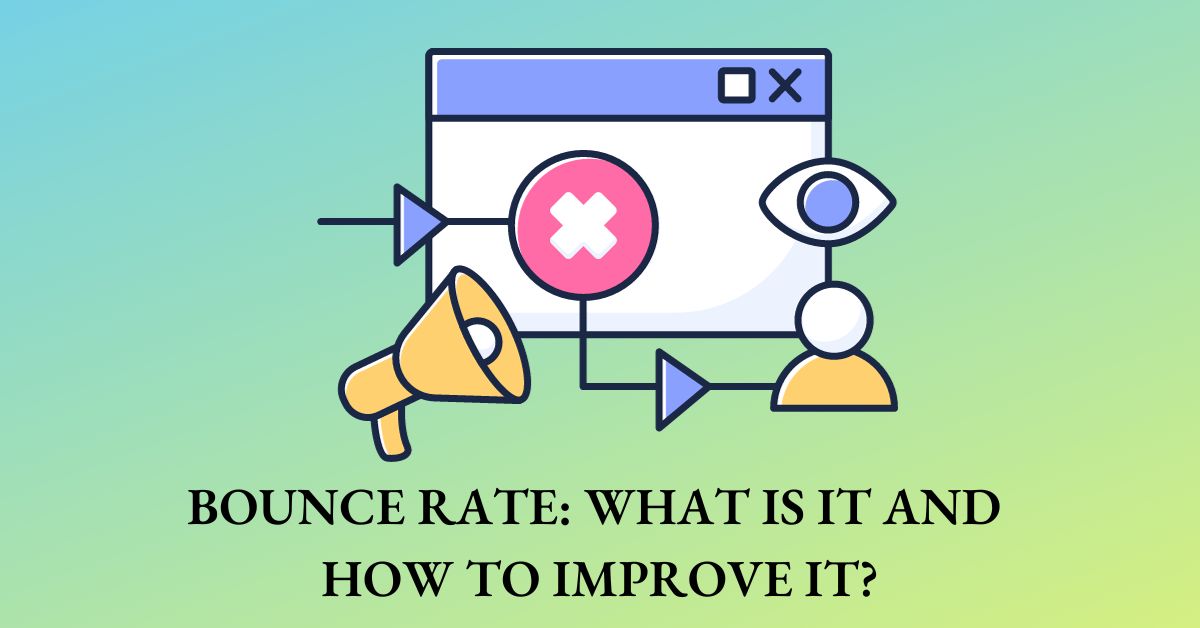

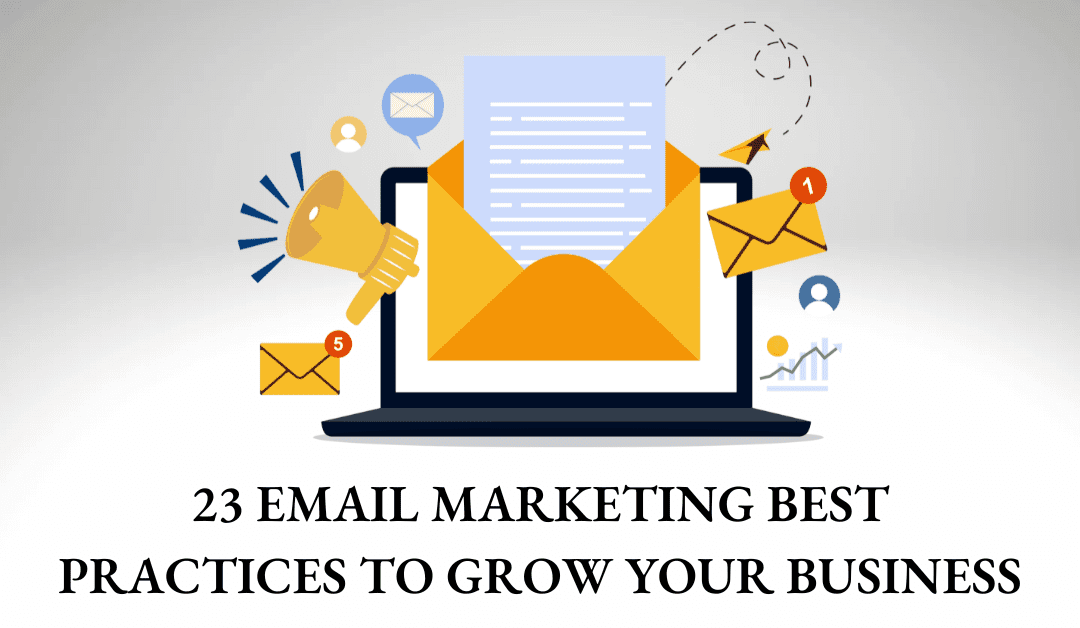
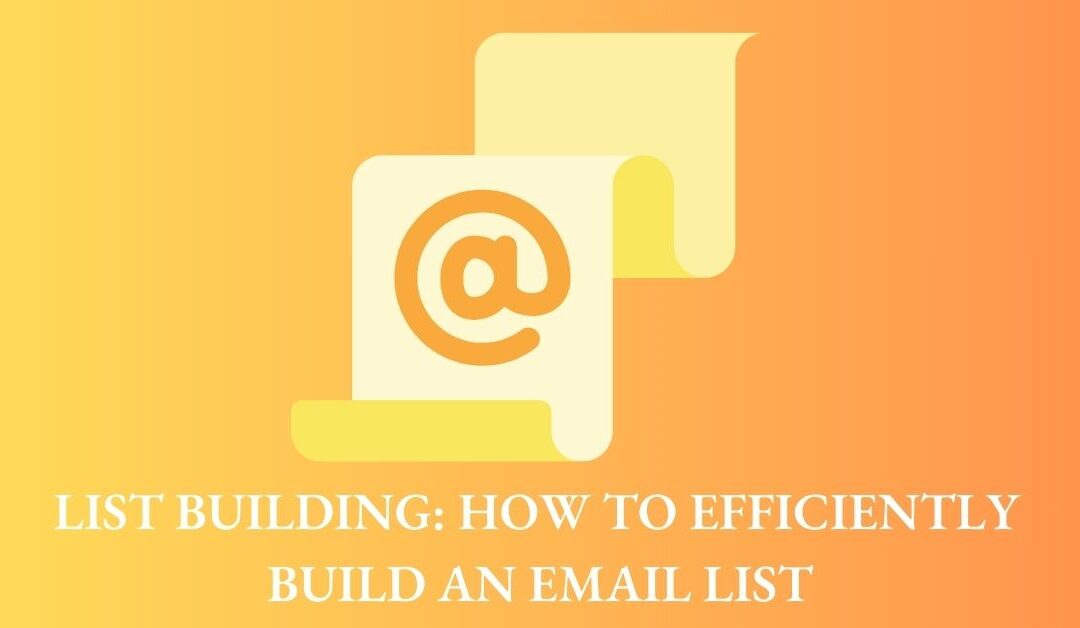

0 Comments